The Ultimate Guide To Growing Butterfly Bush Trees
The Ultimate Guide to Growing Butterfly Bush Trees
Butterfly bushes are a beautiful and easy-to-grow addition to any garden. They attract butterflies and other pollinators, and they bloom for a long period of time, from early summer to fall. If you're thinking about planting a butterfly bush, this guide will give you everything you need to know to get started.
Introduction
Butterfly bushes (Buddleia davidii) are native to China and Japan. They are large shrubs or small trees that can grow up to 10 feet tall. Butterfly bushes are known for their long, colorful flowers that bloom in a variety of colors, including blue, purple, pink, white, and yellow.
Butterfly bushes are easy to grow and care for. They prefer full sun and well-drained soil. They are not very tolerant of cold weather, so they are best suited for USDA hardiness zones 5-9.
Choosing the Right Butterfly Bush
There are many different varieties of butterfly bush available. When choosing a butterfly bush, there are a few factors to consider:
- Size: Butterfly bushes come in a variety of sizes, from small shrubs to large trees. Choose a variety that will fit in the space you have available.
- Color: Butterfly bushes bloom in a variety of colors. Choose a color that will complement the other plants in your garden.
- Hardiness: Consider the hardiness zone you live in when choosing a butterfly bush. Some varieties are more cold-tolerant than others.
Planting a Butterfly Bush
Butterfly bushes can be planted in spring or fall. When planting, choose a site that gets full sun and has well-drained soil. The soil should be amended with compost or other organic matter.
Dig a hole that is twice the width and depth of the butterfly bush's root ball. Place the butterfly bush in the hole and backfill with soil. Water the butterfly bush well.
Caring for a Butterfly Bush
Butterfly bushes are relatively low-maintenance plants. They need regular watering, especially during hot, dry weather. They also benefit from being fertilized once a year in the spring.
In the fall, you can deadhead the butterfly bush to encourage new growth. You can also prune the butterfly bush in the spring to shape it or to remove any dead or diseased branches.
Attracting Butterflies to Your Butterfly Bush
Butterfly bushes are a magnet for butterflies. To attract even more butterflies to your butterfly bush, plant it near other nectar-rich plants, such as lavender, columbine, and milkweed. You can also place a shallow dish of water near the butterfly bush to provide a place for butterflies to drink.
Conclusion
Butterfly bushes are beautiful and easy-to-grow plants that can add a touch of color and life to any garden. With a little care, you can enjoy your butterfly bush for many years to come.
For more information about butterfly bushes, visit Garden Wiki.
FAQ of butterfly bush tree
- What is a butterfly bush tree? A butterfly bush tree is a type of shrub that is known for its attractive flowers, which attract butterflies and other pollinators. Butterfly bushes are typically hardy in USDA zones 5-9, and they can grow to be 6-8 feet tall.
- How do I plant a butterfly bush tree? To plant a butterfly bush tree, you will need to choose a location that receives full sun. The soil should be well-drained, and you should amend the soil with compost or manure before planting. Dig a hole that is twice as wide as the root ball, and plant the butterfly bush at the same depth as it was growing in the nursery pot. Water the butterfly bush well after planting, and continue to water it regularly during the first growing season.
- How do I care for a butterfly bush tree? Butterfly bushes are relatively low-maintenance plants. You will need to water them regularly during the first growing season, and then water them deeply once a week during the summer months. You should also fertilize the butterfly bush tree once a year in the spring with a balanced fertilizer.
- How do I propagate a butterfly bush tree? There are two ways to propagate a butterfly bush tree: from seed and from cuttings. To propagate from seed, sow the seeds in the spring in a well-drained potting mix. The seeds will germinate in 2-4 weeks. To propagate from cuttings, take 4-6 inch cuttings in the spring or summer. Remove the bottom leaves from the cuttings, and dip the cut ends in rooting hormone. Plant the cuttings in a well-drained potting mix, and keep the soil moist. The cuttings will root in 4-6 weeks.
- What are some common problems with butterfly bush trees? The most common problems with butterfly bush trees are pests and diseases. Aphids, spider mites, and scale insects can all be a problem, and they can be controlled with insecticidal soap or neem oil. Butterfly bush rust is a fungal disease that can cause the leaves to turn yellow and fall off. It can be controlled by spraying the plant with a fungicide.
- How do I deadhead a butterfly bush tree? To deadhead a butterfly bush tree, simply pinch off the spent blooms. This will encourage the plant to bloom more profusely. You can also cut the plant back in the fall to about 6 inches tall. This will help to keep the plant compact and encourage new growth.
Image of butterfly bush tree
- Image 1: A tall, bushy butterfly bush tree with purple flowers.
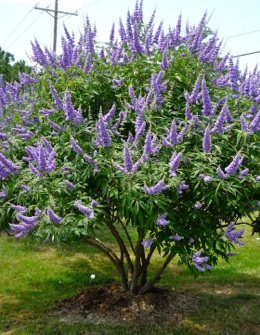
- Image 2: A close-up of the flowers of a butterfly bush tree, showing their delicate petals.
- Image 3: A butterfly bush tree in full bloom, with a variety of colors including pink, purple, and white.

- Image 4: A butterfly bush tree growing in a garden, surrounded by other flowers.
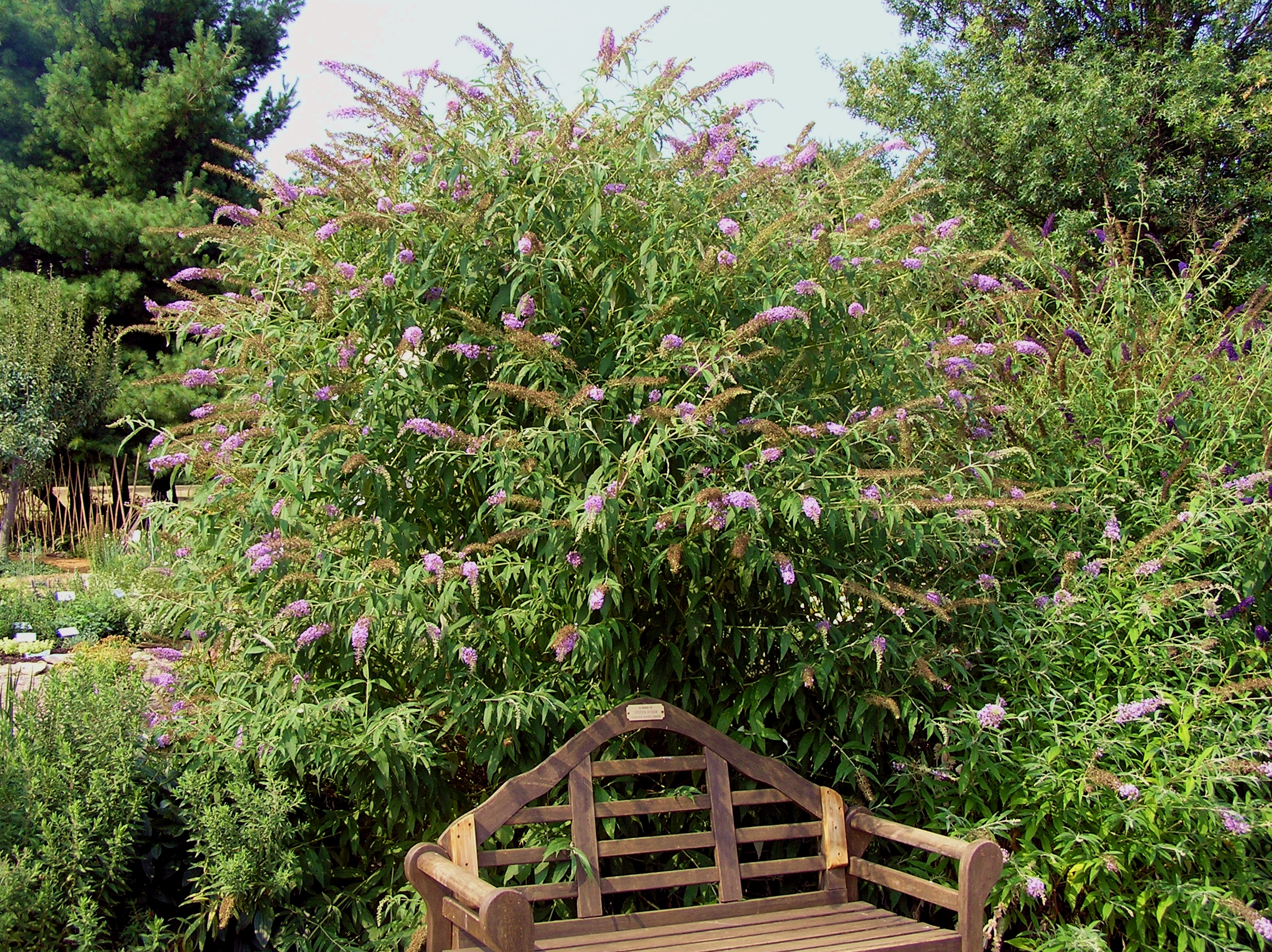
- Image 5: A butterfly bush tree in the fall, with its leaves turning red and orange.
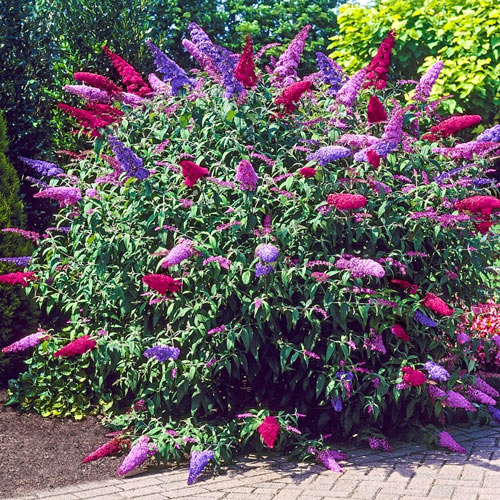
- Image 6: A butterfly bush tree in a pot, making it a versatile plant for both indoor and outdoor gardens.

- Image 7: A butterfly bush tree with a honeysuckle vine growing up its trunk, creating a beautiful and fragrant display.
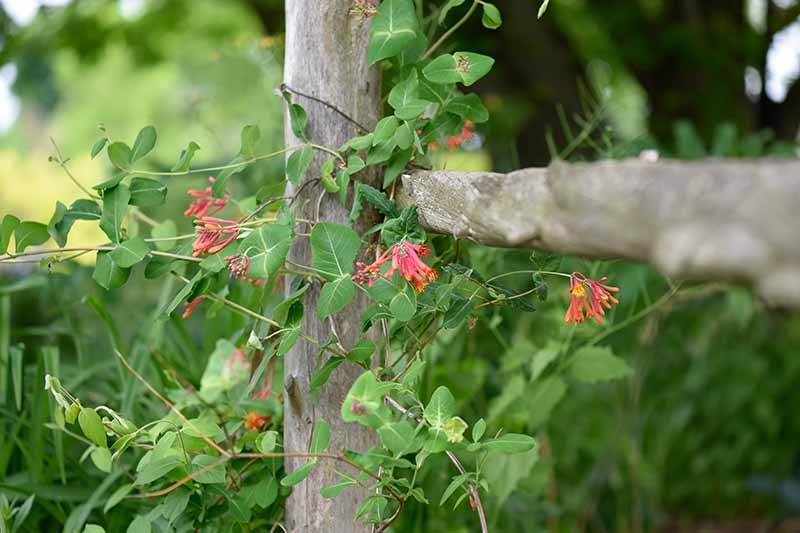
- Image 8: A butterfly bush tree in a meadow, attracting butterflies and other pollinators.
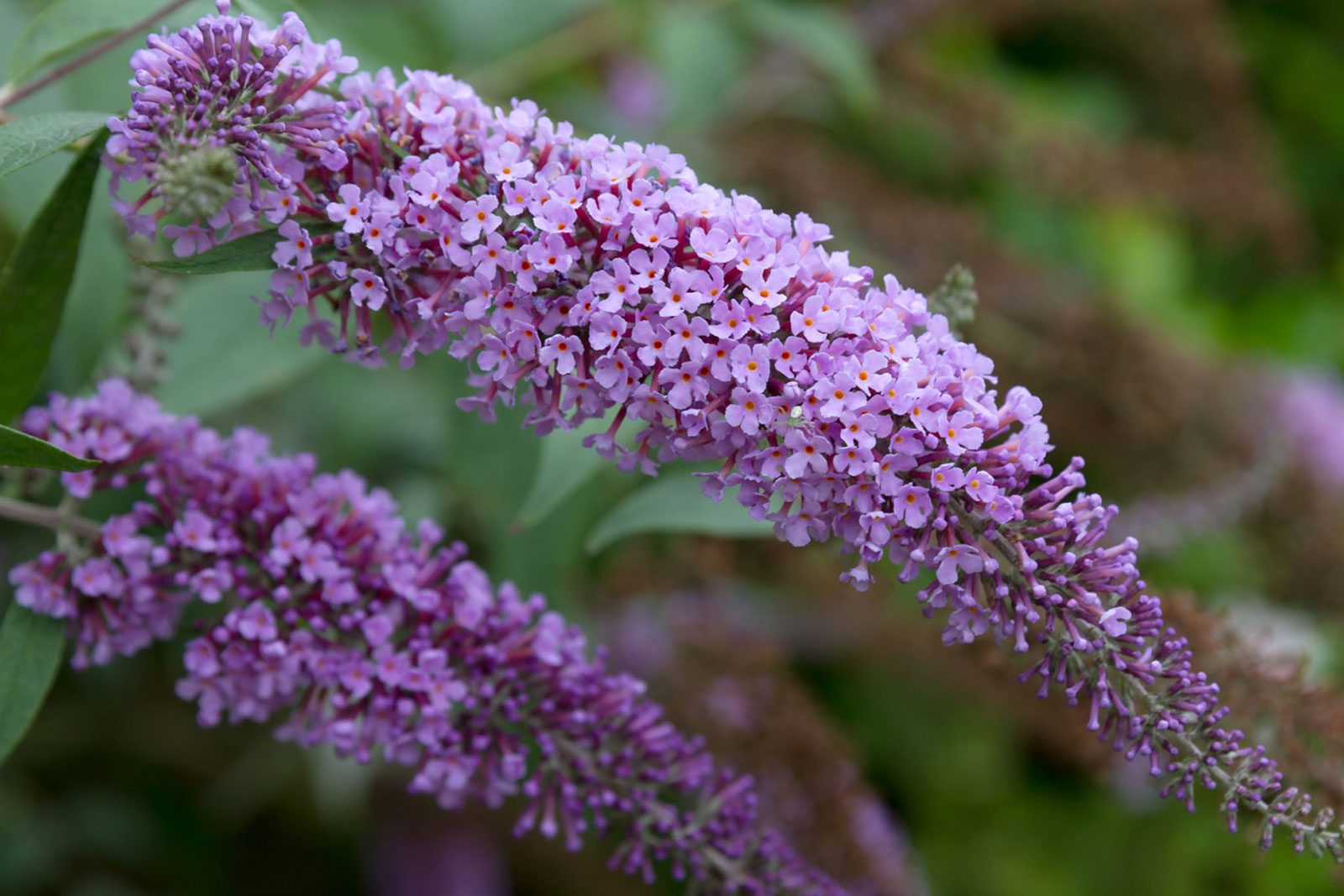
- Image 9: A butterfly bush tree in a hedgerow, providing a barrier and privacy for a garden.
- Image 10: A butterfly bush tree in a park, providing a colorful and inviting space for people to enjoy.

Post a Comment for "The Ultimate Guide To Growing Butterfly Bush Trees"